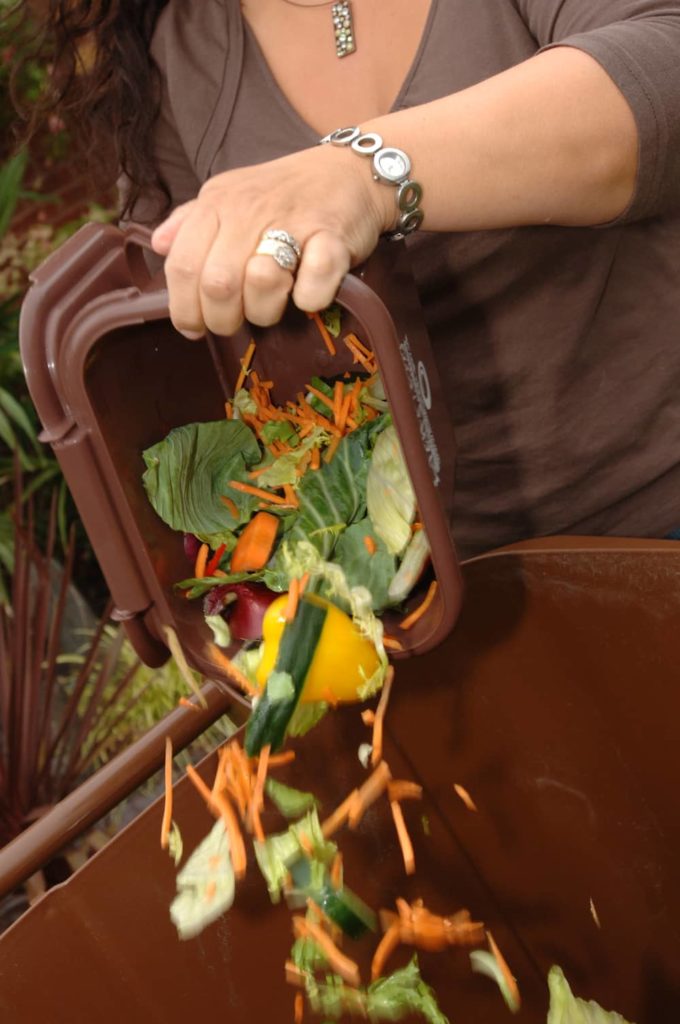OPINION: The UK government’s Environment Act has made it mandatory for local authorities to offer a separate food waste collection service to residents by 2023. Due to the variety of set-ups different authorities currently use to manage the collection and processing of waste and recycling, along with pandemic-related pressures, many are still in the process of deciding how to make separate food waste collections a reality.
Collecting separate food waste is no small task.

According to insight from WRAP, the UK wastes more than 9.5 million tonnes of food waste per annum – 70% of which is intended for human consumption. Breaking this figure down by sector, 16% (1.5m tonnes) is generated by food manufacturers, 12% (1.1m tonnes) is wasted by hospitality businesses and 3% (300k tonnes) by retailers. The remaining 70% (6.6m tonnes) is generated by households.
Funding the change
The government is currently offering £295m of funding to go towards the collection side of food waste (e.g. procuring new vehicles) as outlined in the Net Zero Strategy: Build Back Greener, while the additional cost of processing, disposal and building new treatment facilities will need to come from local authorities. So, making this service change as economically efficient as possible is likely to be the top priority for local authorities. The choices available depend on an authority’s existing waste management set-up, which is likely to fall into the following categories.
Locked into an existing waste management contract?
Most waste disposal authorities have long term waste management contracts, which are often but not always PFI contracts. Authorities in this situation should look at what the contractual implications of removing food waste from the current tonnage of waste treated would be. Such contracts should also be reviewed to see what options are available e.g. removing the waste, or utilising the existing contract to deal with the treatment of food waste either through use of a merchant facility or the delivery of a new local authority funded facility.
About to procure a new contract?
Local authorities about to procure a new contract are in a good position and have a number of options available to them. They can either utilise an existing merchant facility run by a third party, to process food waste, or alternatively procure their own treatment facility. Many authorities may have to collaborate with other authorities to have sufficient food waste available to make the plant viable. A collaboration like this would however come down to food waste tonnage available and a local authority’s relationship with neighbours, as well as existing capacity in that region.
The first step for an authority in this situation is to calculate the likely tonnage of food waste they’re going to collect and then look at which authorities they might wish to collaborate with. Once this is established authorities can consider the optimal treatment solution and procurement route.
Part of the net zero puzzle
Any local authority with an ambitious net zero target – of which there are many now – needs to give careful consideration as to how its waste policies contribute to meeting its target. How it introduces separate food waste collections will be a key part of thisThere are many carbon savings available through food waste prevention including the embodied carbon in food, along with the implications of how this waste stream is transported and processed.
WRAP estimates suggest that the food that goes to waste in the UK has a value of £19 billion, with the edible fraction alone (6.5m tonnes) equating to 15 billion wasted meals and accounting for the unnecessary release of more than 25 million tonnes of greenhouse gas. As part of best practice, any new contracts which local authorities procure should incorporate targets related to carbon emissions which contractors will be expected to meet and report on.












Subscribe for free